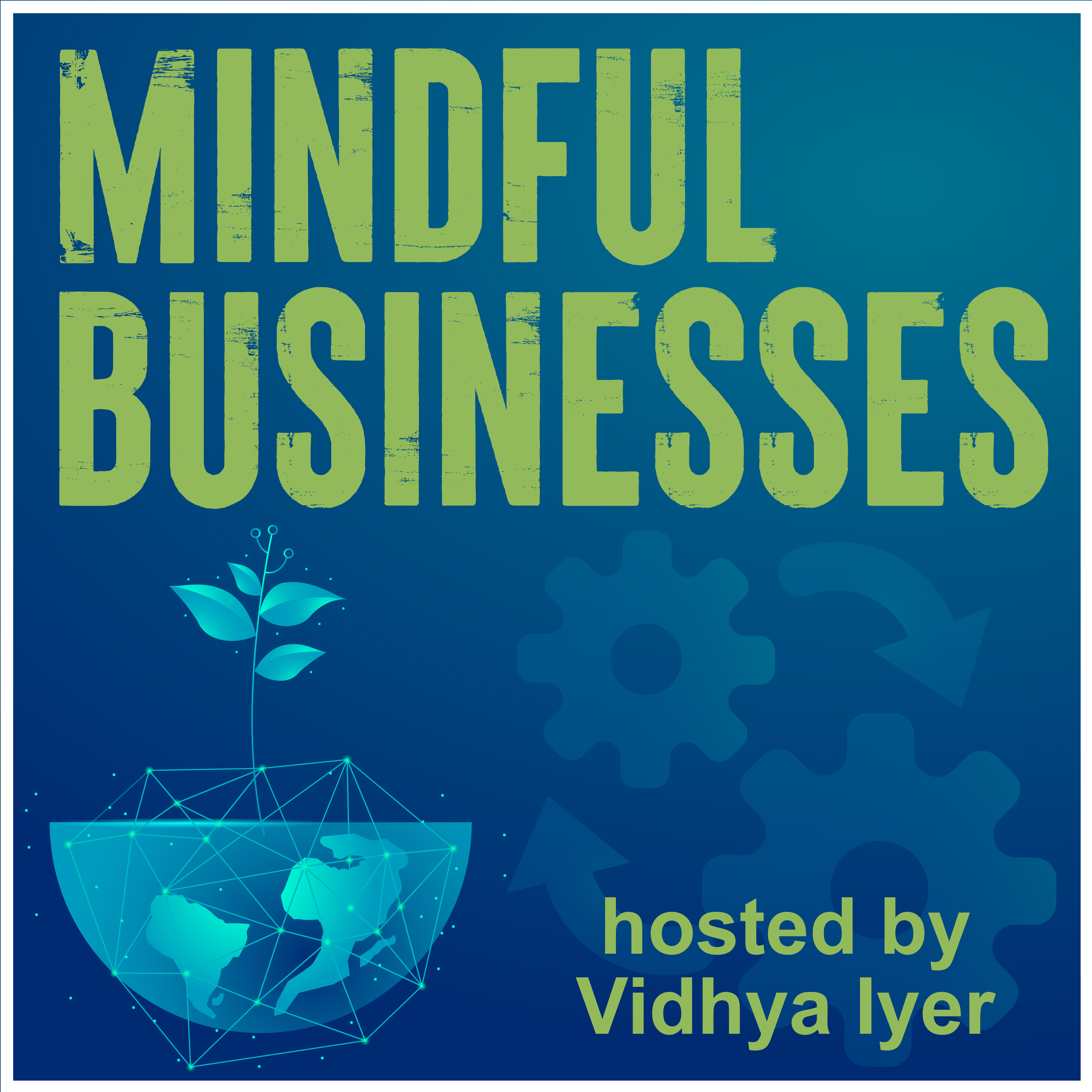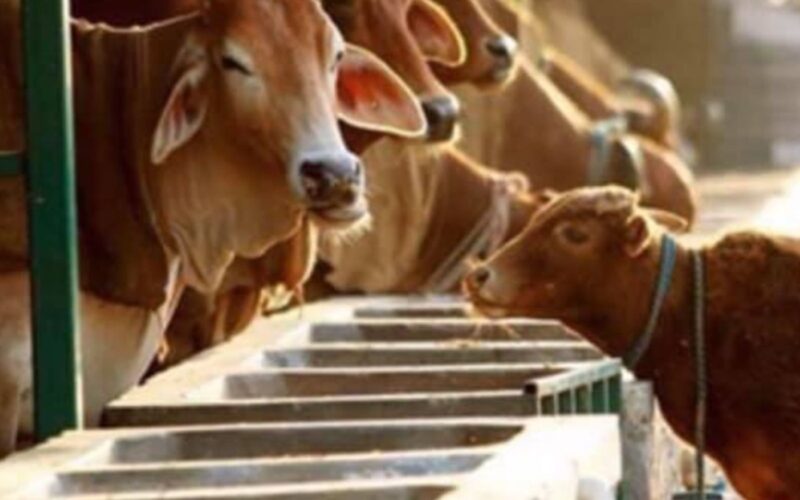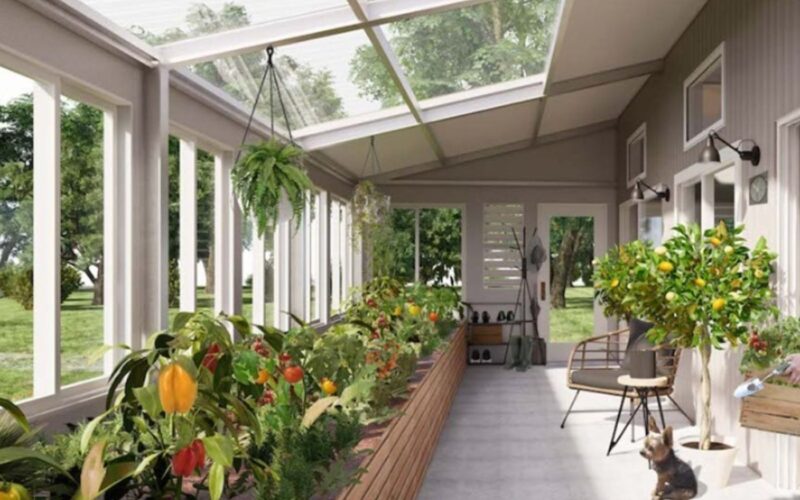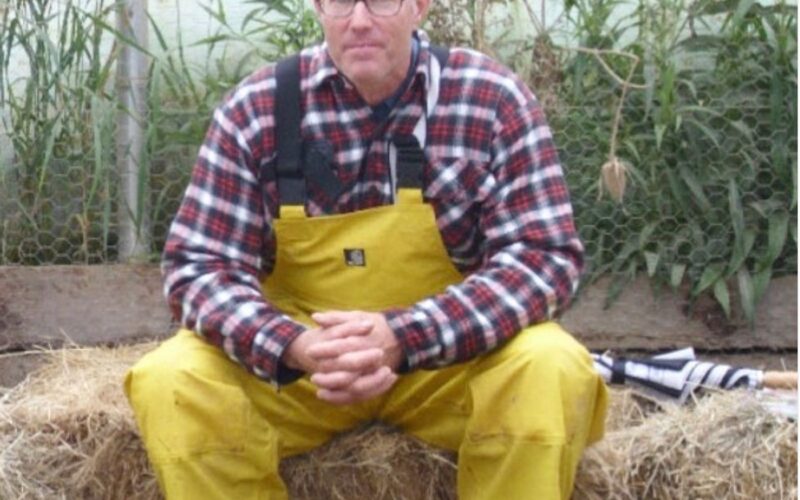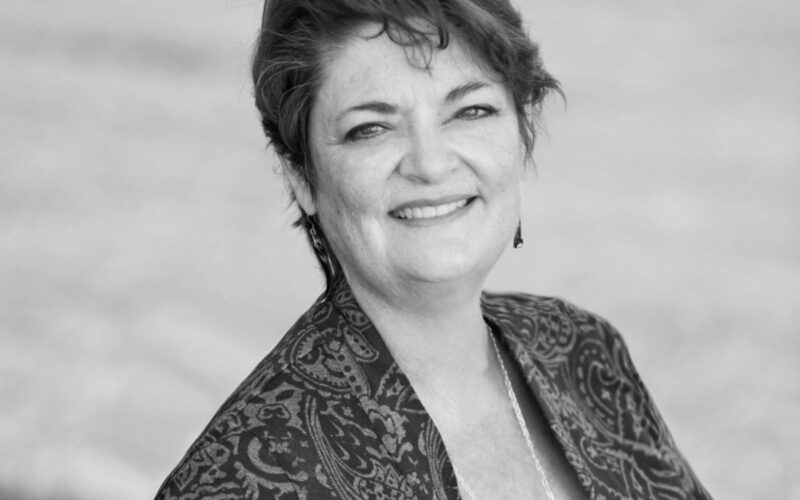68: Beejom Farm – Animal Sanctuary and Sustainable Regenerative Agriculture
Beejom is an animal sanctuary and sustainable agricultural farm located in Western Uttar Pradesh. They use natural farming techniques to grow food. The agricultural practices at Beejom are farm animal-centric. We talk to the passionate and energetic Aparna Rajagopal, a lawyer turned conservationist, animal rescuer, and educator. While trying to rescue a horse, she leased farmland to board the horse, and while trying to improve its soil she bought some cows and bulls for their manure – about 150 of them. But they do not use them for dairy. These cattle generate 1000 kgs of dung at the farm on average. Beejom utilizes this dung is to make lovely dung pots and partners with local nurseries in the hope that they stop using plastic covers and start using these beautiful pots for their seedlings. When the seedling outgrows this pot, one can transplant the seedling into the ground along with the pot which is nothing but cow dung manure. A beautiful sustainability project that is great for the environment and an additional income source for the farmer. They have a cow dung log machine and make dung logs that can replicate wood. The logs can be used in crematoriums, bonfires or Havans (religious fires). Come join us on Aparna’s journey on Beejom Farm.
Read More

